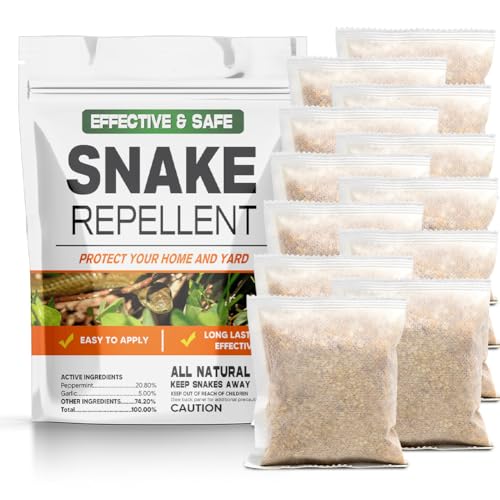

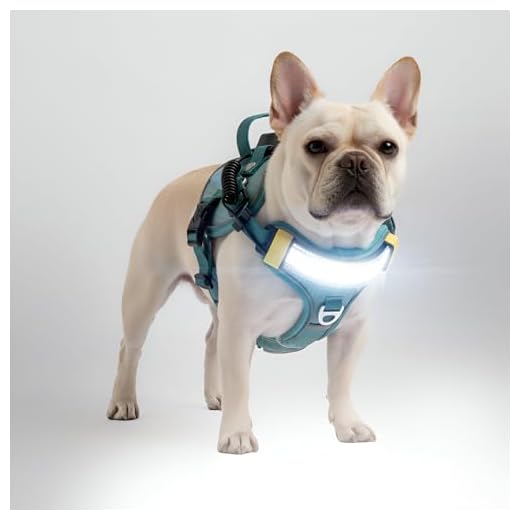

While it’s a common belief that canines possess superior nighttime vision, the truth is a bit more nuanced. My human often wonders if these furry companions can navigate poorly lit spaces with the same ease as us felines. The answer is no–at least not in the same way.
Felines have a unique structure in their eyes called the tapetum lucidum, which enhances our ability to gather light, giving us that distinct edge in low-light situations. This reflective layer is what makes our eyes appear to glow when light hits them in the dark. On the other hand, canines do have a similar structure, but it doesn’t quite match the efficiency found in our eyes.
Research indicates that while canines may have a better ability to discern movement in dim conditions, they lack the sharpness and clarity that characterize feline vision. For pet owners curious about their companion’s capabilities, consider the environment: a well-lit space will always be beneficial for both species, but in dim settings, my feline friends will outshine their canine counterparts.
Visibility in Low Light Conditions
While my canine companions possess some ability to navigate in low light, their capabilities don’t match my own. My eyes are equipped with a higher concentration of rod cells, which enhances night-time vision. This allows me to detect movement and see clearly with minimal light, a trait that is particularly useful during twilight hours.
Structure of the Eyes
The unique structure of my eyes includes a reflective layer called the tapetum lucidum. This layer enhances the available light, making it easier for me to spot things in dim settings. Canine eyes also feature this adaptation, yet not to the same extent as mine. Their vision is more suited for daytime activities and bright environments.
Behavioral Adaptations
Training and instincts play a significant role in how both species navigate at night. I rely on my acute senses, while my fuzzy friends often depend on their sense of smell to explore their surroundings when visibility is low. Engaging in activities during dusk or dawn can help them utilize their natural instincts effectively, even if their vision doesn’t rival mine.
Understanding Canine Night Vision
For pet enthusiasts, grasping how well our furry companions navigate low-light environments is fascinating. Unlike felines, these four-legged friends possess a unique structure in their eyes, including a higher number of rod cells, which enhances their ability to detect motion in dim lighting. However, their capacity to adapt to darkness is not as pronounced as that of their feline counterparts.
Key Features of Canine Vision
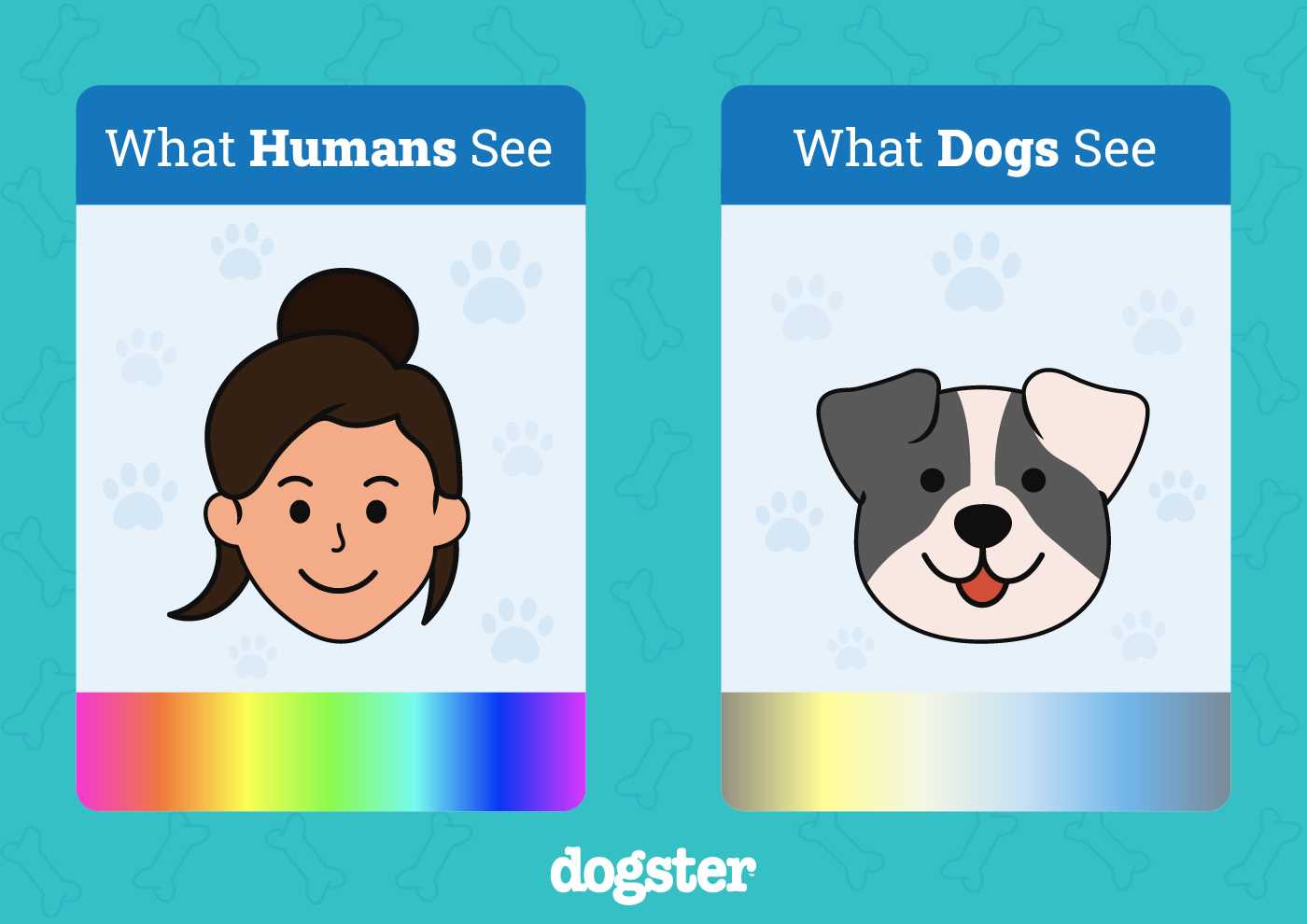
Several elements contribute to how well these animals perform in low-light conditions:
| Feature | Description |
|---|---|
| Rod Cells | These are sensitive to low light, allowing for better night vision compared to humans. |
| Tapetum Lucidum | A reflective layer behind the retina that enhances light absorption, making their eyes shine in the dark. |
| Field of View | A wider peripheral vision helps detect motion more effectively, even in low-light situations. |
Limitations and Adaptations
While equipped with advanced night vision, these animals may struggle with depth perception and color differentiation in low-light settings. They rely heavily on motion and scent to navigate, making their other senses invaluable during nighttime activities. For owners who enjoy late-night walks or adventures, it’s essential to keep these factors in mind to ensure safety and comfort.
For those with both dogs and cats, creating a harmonious environment is key. Check out this best cat tower for large cats to provide a safe space for your feline friend, while ensuring your canine companion has plenty of room to explore and play, even after sundown.
Comparing Dog and Cat Eye Anatomy
Understanding the structural differences between my fellow felines and canines reveals much about our visual capabilities. The anatomy of our eyes is tailored to our unique lifestyles. For instance, the tapetum lucidum, a reflective layer behind the retina, is more prominent in canines, enhancing their night vision abilities. This adaptation allows them to excel in low-light environments, making them efficient hunters at dusk or dawn.
In contrast, my feline eyes are designed for precision and agility. We possess a greater density of rod cells, which are responsible for detecting movement and shapes in dim conditions. This feature enables my kind to spot even the slightest rustle in the grass, a crucial aspect for stalking prey.
The overall shape of our eyes also differs. My round, wide-set eyes provide a broader field of vision, while the more elongated shape of canine eyes enhances depth perception. This difference helps each species navigate its environment effectively.
Both species have nictitating membranes, which serve to protect and moisten the eyes. However, in my case, this membrane is more prominent, offering additional protection while hunting.
In conclusion, while we both have unique adaptations that allow us to thrive, it’s clear that our eye anatomy reflects our individual lifestyles and hunting strategies. If you’re curious about health topics related to pets, you might find this link helpful: best acid reflux medicine for dogs.
Factors Affecting Canine Ability to Navigate in Low Illumination
Several elements influence how well canines function in reduced light conditions. One significant aspect is the composition of the eye. A higher number of rod cells, which are sensitive to low light, enhances night vision. While these creatures do not possess as many rods as felines, their structure allows for decent performance in dim settings.
Retinal Structure
The tapetum lucidum, a reflective layer behind the retina, plays a crucial role. This layer amplifies light, enhancing visibility in low-light environments. The effectiveness of this reflective layer varies among different breeds, contributing to distinct visual capabilities during twilight hours.
Age and Health Factors
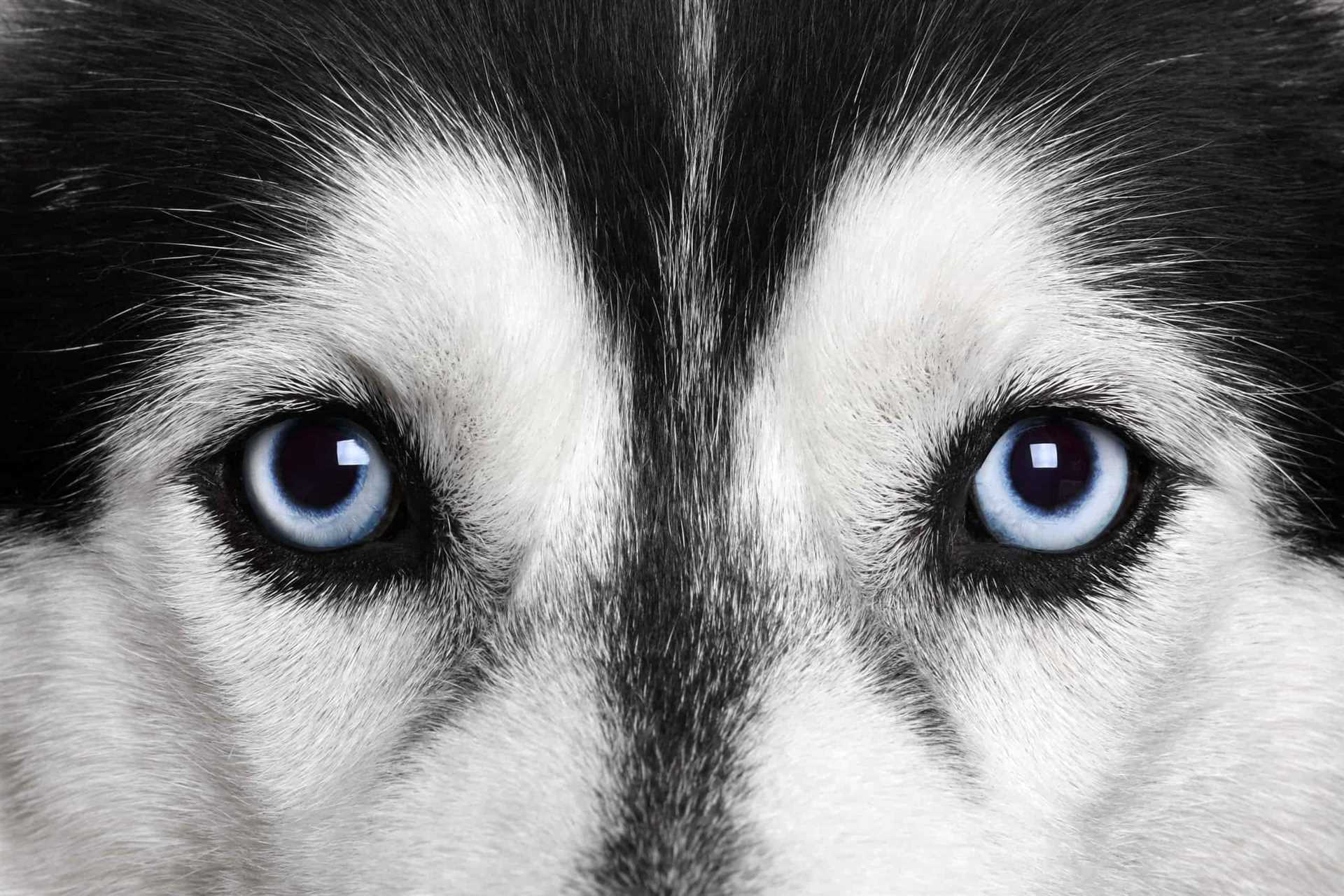
Age impacts visual acuity. Older canines may experience deteriorating eyesight, affecting their ability to navigate in less illuminated spaces. Health conditions, such as cataracts or retinal diseases, can further hinder their night vision. Regular veterinary check-ups help in maintaining optimal eye health, ensuring better performance in low-light situations.
Furthermore, individual behavior and adaptability also play a part. Familiarity with surroundings allows for better navigation, regardless of lighting conditions. Engaging in activities that stimulate their senses can help maintain and improve their overall visual responsiveness.
Common Myths About Canines and Night Vision
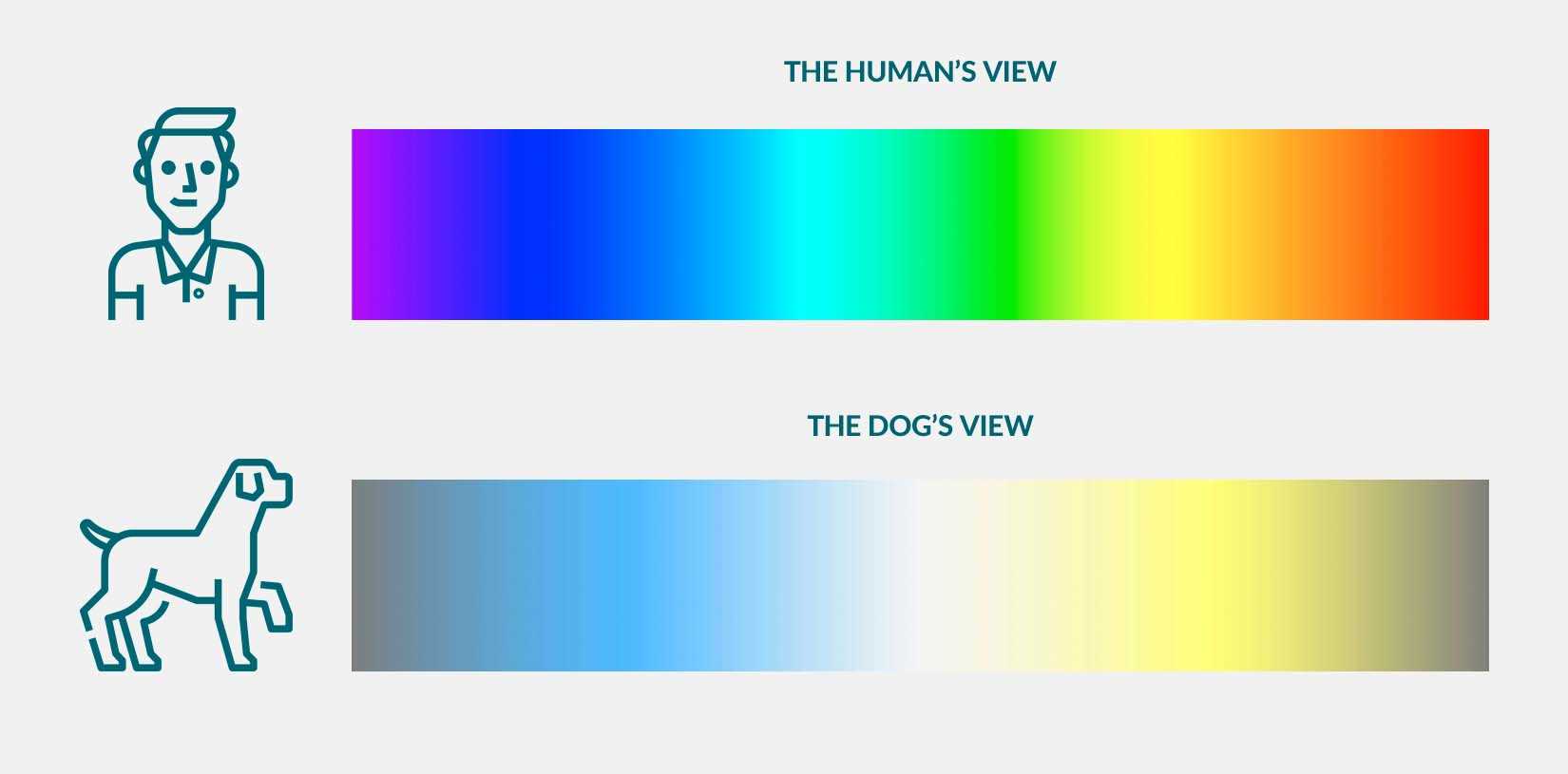
Many believe that canines possess extraordinary abilities in low illumination. However, this isn’t entirely accurate. A common misconception is that these furry companions can navigate flawlessly in pitch-black conditions. In truth, while they have better night vision compared to humans, their sight is still limited in complete darkness.
Another myth suggests that all breeds are equally proficient in low-light settings. This varies significantly with factors such as eye structure and breed characteristics. Breeds developed for hunting often have enhanced ocular features, enabling them to perform better during twilight or in dimly lit environments.
Some individuals claim that these animals can perceive colors in low light as vividly as during the day. In reality, their color perception diminishes in reduced brightness. They primarily view shades of blue and yellow, while reds and greens appear more muted.
There’s also an idea that these creatures are nocturnal. Unlike true nocturnal animals, they are crepuscular, meaning they are most active during dawn and dusk. Their vision adapts accordingly, but they are not designed for complete nighttime activity.
Lastly, some think they can rely solely on their vision in low-light scenarios. While they have heightened sensitivity to motion, they also depend heavily on their other senses, such as smell and hearing, to navigate effectively.
How to Help Your Dog Navigate in the Dark
Utilizing reflective gear is a straightforward way to enhance visibility during nighttime strolls. Harnesses, collars, and leashes designed with reflective materials catch light, making them noticeable from a distance.
Incorporating a LED light on your pet’s collar can significantly aid in low-light situations. These lights provide a constant glow, ensuring that your furry friend remains visible during evening outings.
Creating a familiar environment is key. Familiar scents and sounds help your companion feel secure. Keeping pathways clear of obstacles minimizes the risk of accidents.
Training your canine to respond to verbal cues and hand signals can improve navigation in dim settings. Practice commands in well-lit areas before transitioning to lower light conditions.
- Consider using lighted pathways in your yard or garden.
- Ensure your pet is familiar with the layout of your home to prevent disorientation.
- Encourage exploration during twilight hours to build confidence in lower light.
Interactive toys that emit sounds or lights can also support engagement and orientation. These can draw attention and maintain focus, especially in unfamiliar surroundings.
Establishing a consistent routine for evening walks helps your furry friend adjust to low-light conditions. Familiarity breeds comfort, making nighttime excursions more enjoyable.
Lastly, regular veterinary check-ups can identify any vision-related issues that may affect your companion’s ability to navigate effectively in low-light scenarios.
Signs Your Dog May Have Vision Issues
Observe for changes in behavior that might indicate visual impairments. Here are some key signs to look for:
- Bumping into objects: If your pet frequently collides with furniture or walls, it may suggest difficulties in spatial awareness.
- Reluctance to navigate unfamiliar areas: Hesitation or avoidance in exploring new environments can signal vision problems.
- Difficulty with stairs: Struggling to climb or descend steps may indicate that depth perception is compromised.
- Increased anxiety: Signs of distress or nervousness in low-light conditions might mean they struggle to adjust to their surroundings.
- Changes in eye appearance: Look for cloudiness, redness, or excessive tearing, which can be indicators of underlying health issues.
- Altered response to commands: If your furry friend seems less responsive to visual cues or commands, a vision issue could be at play.
- Staring or squinting: Prolonged staring or squinting at objects may suggest difficulty in focusing.
Monitoring these behaviors can help in early detection of potential vision-related concerns. Consulting a veterinarian for a comprehensive eye examination is advisable if any of these signs are present.
Training Tips for Dogs in Low Light Conditions
Utilize high-value treats during training sessions to maintain focus. This approach is particularly beneficial in dim environments where distractions may arise.
Incorporate a flashlight or glow stick to create visual cues for commands. This can help reinforce learning when visibility is lacking.
Gradual Exposure
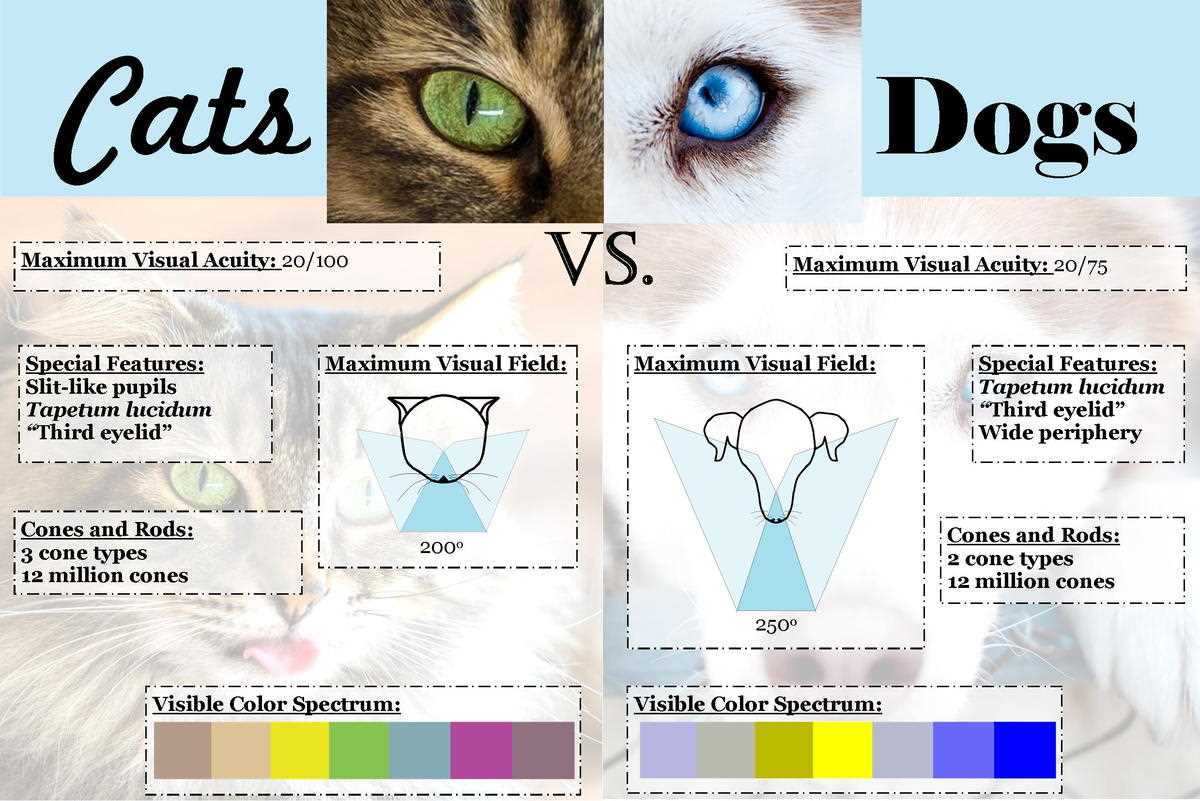
Start training in low-light settings gradually, allowing your furry friend to adapt. Increase the duration and complexity of exercises as comfort grows.
Use of Sound Cues
Leverage sound signals, such as clicks or specific commands, to guide your companion. This can aid in communication when visibility is compromised.
Regular practice in varied lighting conditions enhances confidence. This not only improves performance but also strengthens the bond between you and your pet.



